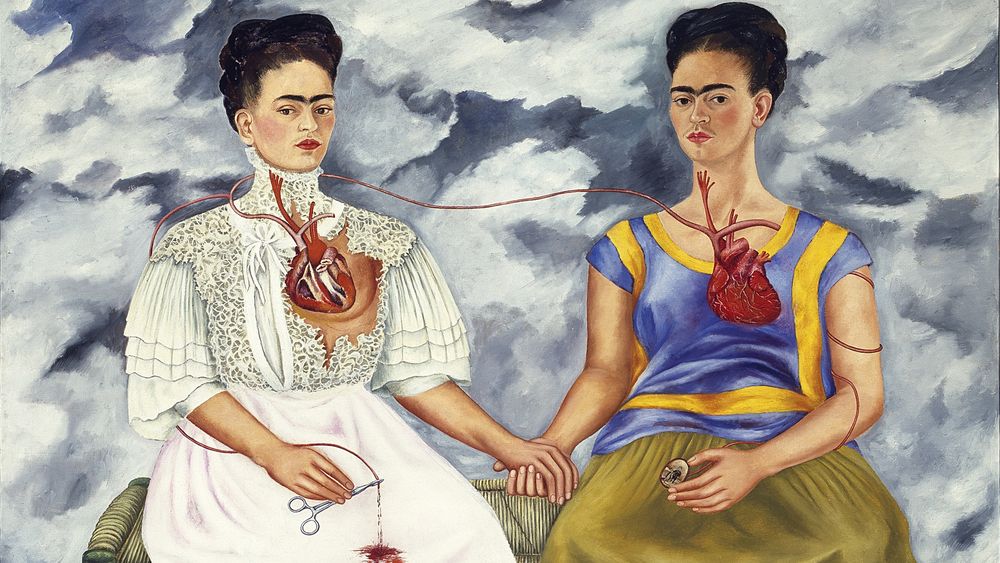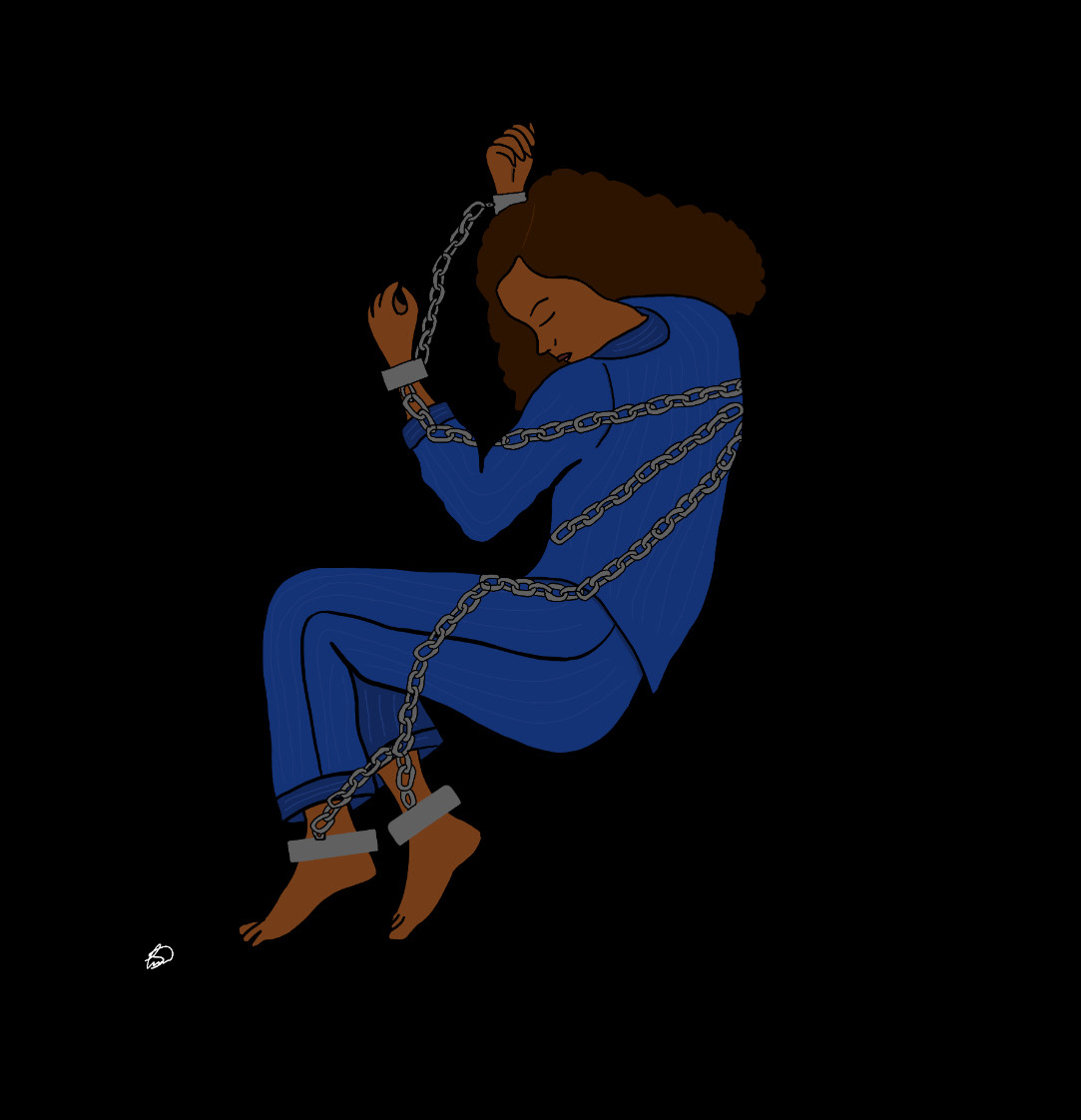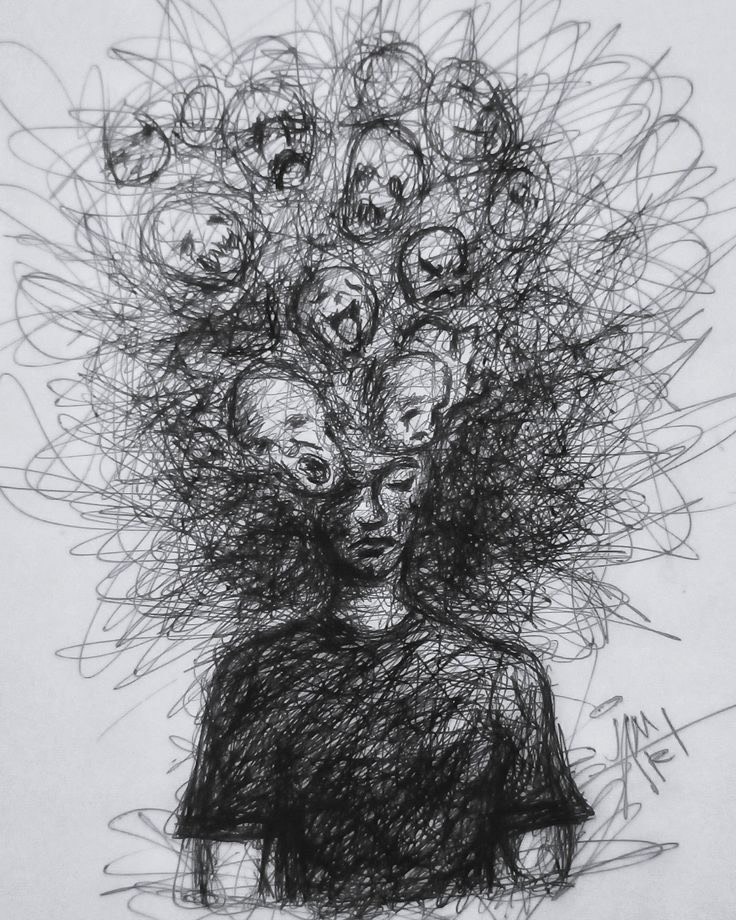This article is the first part of the Kingsley Voice’s Famous Artists Spotlight series, which will explore the lives and work of some of the most influential artists in history, as well as the modern world. To kick off the series, this article contains a short biography of Frida Kahlo, providing a glimpse into her life and legacy.
Frida Kahlo (1907 – 1954) is one of the most influential artists of the 20th century. She is well known for her self-portraits and the attention to her Mexican and Indigenous culture in her artwork. Her art pieces are inspired by the nature and the artifacts of Mexico, along with personal experiences from her life.
Born in Coyocean, Mexico City, Mexico, Kahlo suffered from polio at the age of six. This led to her right leg growing to be much thinner than her left one. She grew up in her family’s home which became referred to as “Casa Azul” (“Blue House” in Spanish). At the age of 18, she was injured in a bus accident. She was bedridden for three months and had to undergo various surgeries following the accident, which had a profound impact on her. Once she became bedridden, she started to paint using a special easel that allowed her to paint while lying down.
Her artwork was one of the main ways through which she could express herself. The main themes of her art pieces are brokenness and pain.
Later in her life, Kahlo met Diego Rivera at the National Preparatory School. At the time, Rivera was a well-known muralist. Their next encounter was several years later in 1928, when Frida asked Diego to provide feedback on her artwork since she was an aspiring artist. He acted as a mentor within the art world. Some elements of Diego’s style influenced her art, such as the use of bold colours. Both of them promoted Mexican identity in their artwork; viewers can see this in Kahlo’s work through the portrayal of Mexican attire in her self-portraits. The two artists later married each other in 1929.
Frida had a rather turbulent relationship with Diego which led to their separation in 1939. An important piece that represents the complications in her marriage is “Las Dos Fridas” (“The Two Fridas” in Spanish). In the piece, there are two versions of Kahlo; one version is wearing Mexican attire holding a mini-portrait of Diego while the other version is wearing a white dress holding surgical forceps that are piercing her heart. This represents the impact her relationship with Diego had on her and represents the contrasting feelings within her. However, the two remarried within a year of their divorce.
In 1938, Frida had her first solo exhibition in New York at the Julien Levy Gallery. She was able to sell paintings and even received some commissions. She received the opportunity to travel to Paris and meet many artists such as Pablo Picasso, Marc Chagall and more. Kahlo also became the first female Latin American artist to have her work exhibited at the famous Louvre Museum in Paris. This helped her become introduced to Europe and it decreased the stigma surrounding the fact that she was the wife of a more “successful” artist. She later gained more international recognition in the 1950s. In 1952, Kahlo had a solo exhibition in Galería de Arte Contemporáneo in Mexico City, Paris at the Galerie Renou et Colle. She also held an exhibition at the Mexican Fine Arts Palace in Mexico City. This was incredibly significant in her art career because it took place shortly before her passing.
 Kahlo’s health unfortunately took a turn for the worse during the 1950s. She experienced an increased amount of chronic pain and had to undergo multiple spinal surgeries in an attempt to relieve the pain. This had a detrimental effect on her mental wellbeing. Her work acted as a form of catharsis, it allowed her to cope with the challenges she faced due to her disability by creating moving pieces. An example would be her self-portrait which included another portrait, of Dr. Farill. This piece consists of Kahlo sitting in a wheelchair, holding a heart palette along with some paint brushes beside a portrait of Dr. Farill. Dr. Farill was a surgeon who performed many of her surgeries and Kahlo decided to dedicate this piece to him. She wrote in her diary “I was sick for a year….Dr. Farill saved me.”
Kahlo’s health unfortunately took a turn for the worse during the 1950s. She experienced an increased amount of chronic pain and had to undergo multiple spinal surgeries in an attempt to relieve the pain. This had a detrimental effect on her mental wellbeing. Her work acted as a form of catharsis, it allowed her to cope with the challenges she faced due to her disability by creating moving pieces. An example would be her self-portrait which included another portrait, of Dr. Farill. This piece consists of Kahlo sitting in a wheelchair, holding a heart palette along with some paint brushes beside a portrait of Dr. Farill. Dr. Farill was a surgeon who performed many of her surgeries and Kahlo decided to dedicate this piece to him. She wrote in her diary “I was sick for a year….Dr. Farill saved me.”
Kahlo died on July 13, 1954. The official cause of her death was a pulmonary embolism set on by pneumonia. Kahlo is considered to be a trailblazer for women with disabilities and the LGBTQ+ community. She was able to become the subject of her artwork through her self-portraits, stimulating the imagination of numerous artists. Frida Kahlo had an incredible impact on today’s art world.
To learn more about the stories of influential artists in history, look out for the next article in the Famous Artist Spotlight series!








